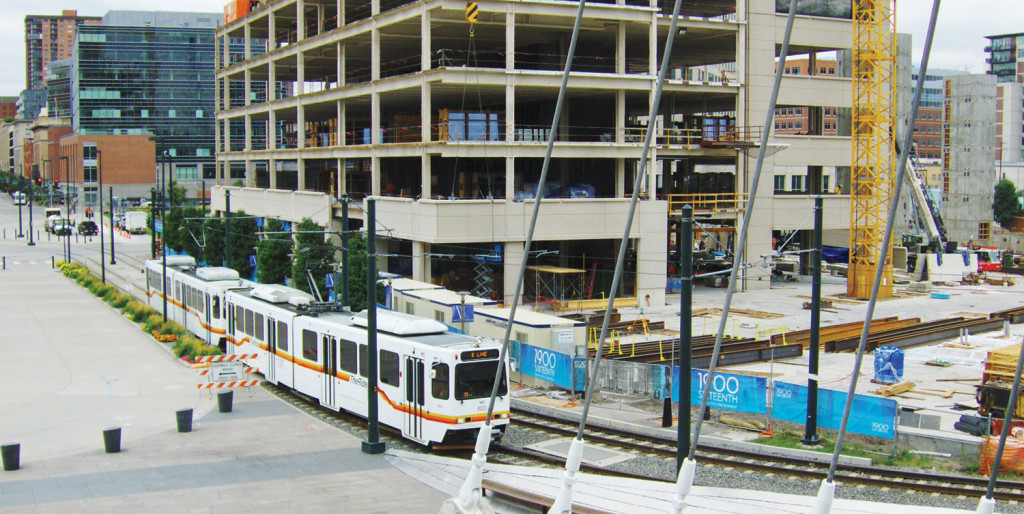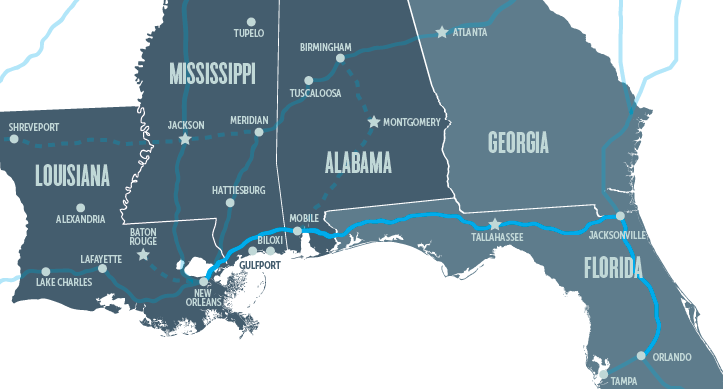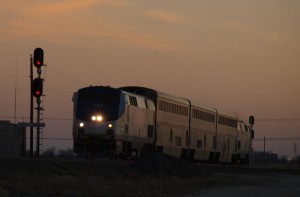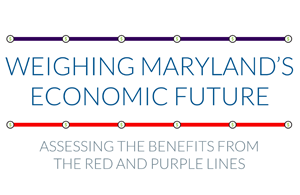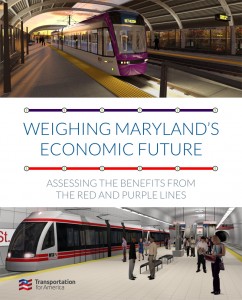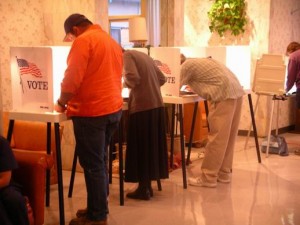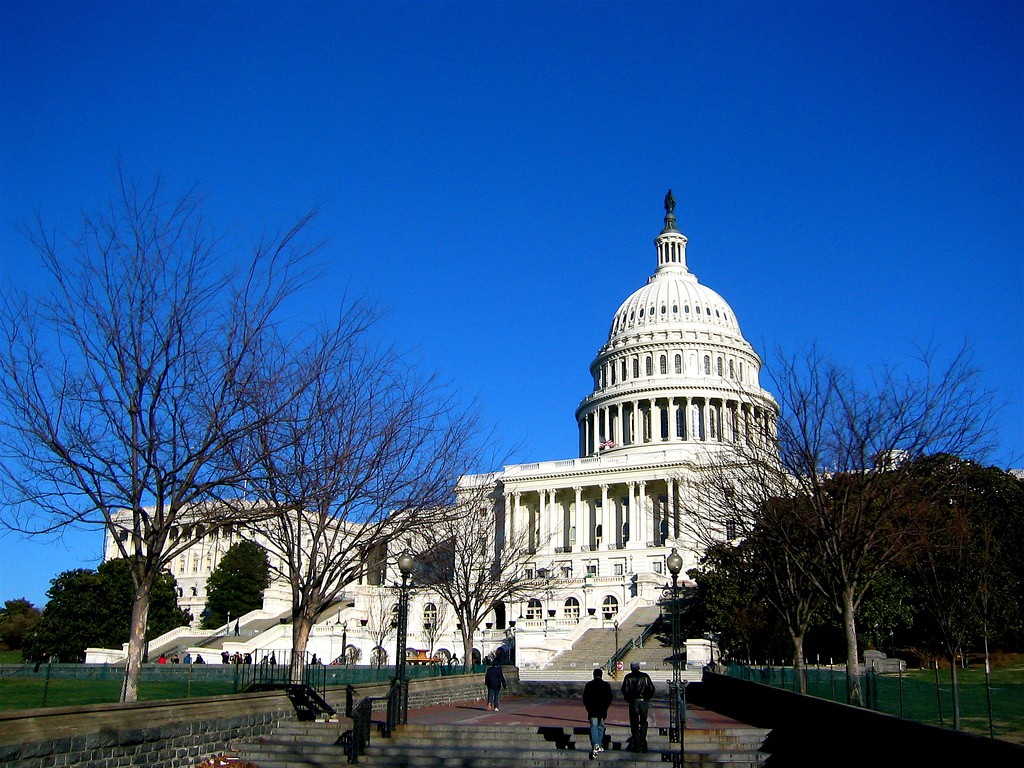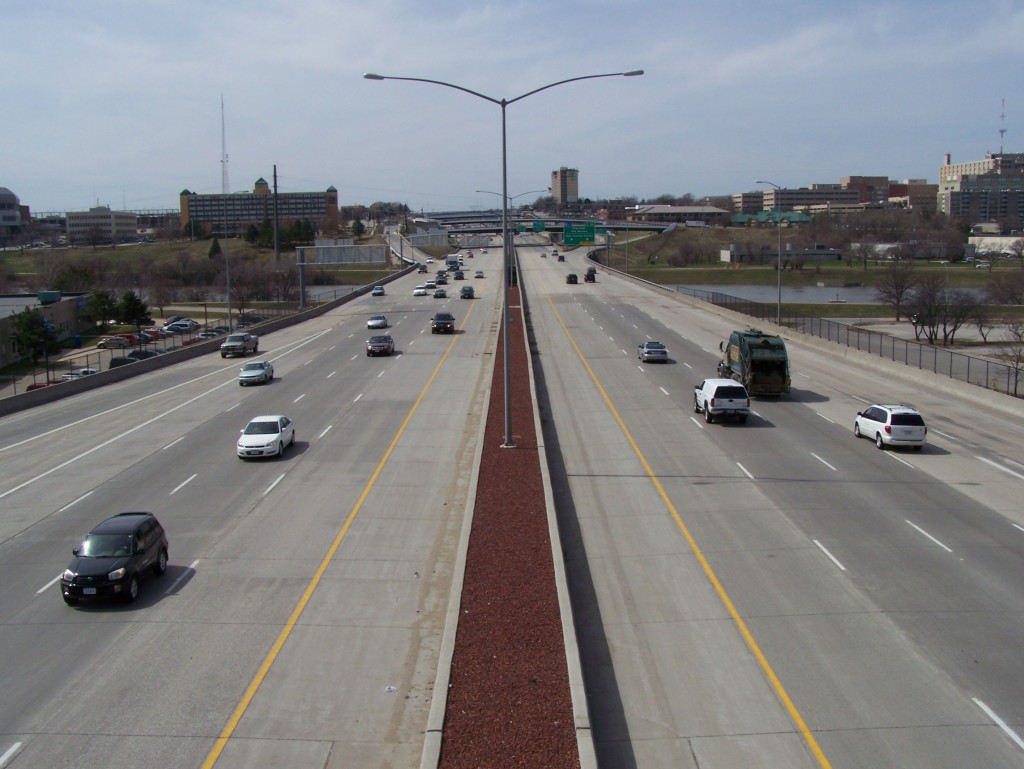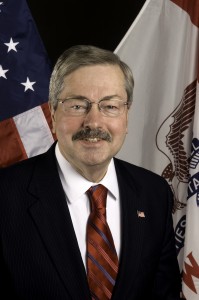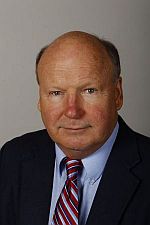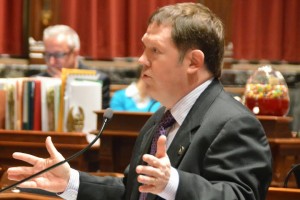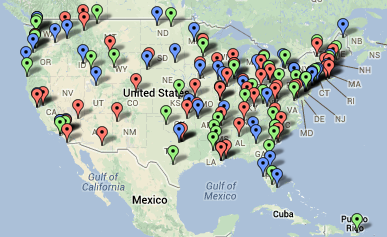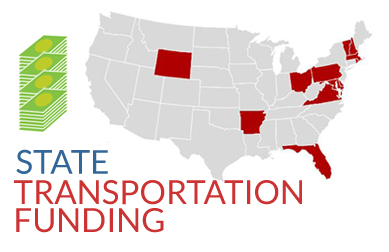Here are a few curated stories we’re reading and talking about this week:
First, here’s a few recent stories from the T4A blog:
Bipartisan duo of senators offer new plan to send more transportation dollars to local communities
From the T4A blog
Two Senators championing the cause of giving local communities more control over their transportation dollars have introduced a modified plan to steer more federal transportation dollars directly to local communities of all sizes — reaching a compromise that they hope to incorporate into the Senate’s transportation bill as it heads to the floor.
Senate reaches preliminary agreement on a long-term transportation bill
From the T4A blog
Late Wednesday, the Senate reached cloture on the transportation reauthorization bill. It got just the required number of votes to pass, 60-38. They’re moving on to discussing and debating the bill today.
Transportation for America takes a look at the options for funding transit in St. Louis
From the T4A blog
St. Louis’s economic prospects are directly related to the quality of access to transportation for their residents — making new investments in public transportation essential. A new T4America report analyzes the possible ways that the St. Louis region could fund an expansion of their public transportation network.
Headlines
How railroads, highways and other man-made lines racially divide America’s cities
Washington Post
Look at racial maps of many American cities, and stark boundaries between neighboring black and white communities frequently denote an impassable railroad or highway, or a historically uncrossable avenue. Infrastructure has long played this role: reinforcing unspoken divides, walling off communities, containing their expansion, physically isolating them from schools or parks or neighbors nearby.
With American transportation in crisis, why are we spending our money on massive new roads?
Politico
The Marquette Interchange is an engineering marvel, a steel and concrete symphony of girders and flyovers at the edge of downtown Milwaukee, harmonizing traffic from three intersecting interstates with 29 bridges and 200,000 tons of asphalt. It looks like a wheat-and-blue roller coaster sculpted by a surrealist, one of those loop-de-loop highway hells where tourists are always getting lost in New Yorker cartoons. It’s basically a 21st-century vehicle distribution system the size of a city neighborhood, financed by $800 million from state and federal taxpayers.
A Highway Bill Jammed With 2016 Jockeying
National Journal
The senators—particularly Rand Paul of Kentucky and Ted Cruz of Texas—are seeking to burnish their conservative credentials and separate themselves from a 15-strong group of GOP candidates. But in the process, they could slow down the debate over highway funding just as Congress races to pass a bill before a key July 31 deadline.
Can Bill De Blasio Turn Uber Into The NRA?
BuzzFeed News
So will Bill de Blasio pry the Uber app from his constituents’ cold, dead hands? That is the experiment the New York mayor will start running on Tuesday, when he imposes a cap on the growth of what is one of the fastest-growing businesses in the world and sets up a high-stakes confrontation that will absorb his mayoralty and define the politics of Uber and its lesser-known siblings in the flexible, insecure new economy.
For more, check out the New York Times’s package on the debate between New York City and Uber on whether or not app-based car services are clogging New York City’s streets.
Patchwork highway fund fixes the ‘new normal’ in Congress
McClatchy DC
Everybody, from business groups to governors to lawmakers in both parties on Capitol Hill, hates the patchwork approach Congress has taken for the past six years to the federal highway trust fund. Yet it’s become the new normal.
Trying to Win the Public’s Trust With Autonomous Cars, at 120 M.P.H.
New York Times
With that, a computer in the trunk twitched the steering wheel into position, and Robby took off. “I’m doing nothing except holding the kill switch down,” Mr. Hoffmann told his passenger, somewhat reassuringly. As the Audi RS7 negotiated hairpin turns on the road course at top speed and came within inches of the raceway’s walls, it became clear after some tense moments: This car knew what it was doing.
Is Gov. Inslee Getting Ready to Swallow the Poison Pill?
Seattle Transit Blog
At the time, the Governor said he would accept the poison pills as part of the deal, and I think many of us assumed that that would be that: the low-carbon fuel standard was dead. As Jim Brunner reports in the Times today, the Governor is actively mulling taking the pill and enacting the fuel standard anyway.
Why Wal-Mart, an icon of suburbia, had to urbanize its hometown
Washington Post
“In order for us to compete for the type of talent it’s going to take to allow these companies to remain competitive in the global economy, we have to be a place where people want to live, where they can spend their free time doing things they enjoy,” said Troy Galloway, Community and Economic Development Director for the City of Bentonville. “There’s a major effort regionally and locally to step up our game.”
T4America in the news
Jacksonville looks to spend more on bridges after years of penny-pinching
The Florida Times-Union
When a large section of downtown Jacksonville’s Liberty Street crashed into the St. Johns River in the middle of the night last February, Chris Ricketson awoke to a shaking house and a roaring noise that sounded like an explosion.





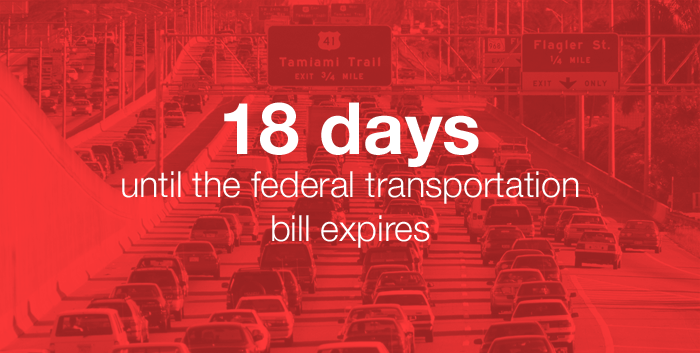


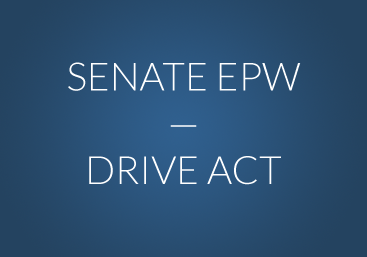 June 24, 2015 — The Senate Environment and Public Works Committee (EPW) released its six-year MAP-21 reauthorization proposal on June 22, 2015. The DRIVE Act is a start, but needs much more work to reform — and reinvigorate — the federal transportation program in ways that will boost today’s economy and ensure future prosperity. This memo provides an overview of the key provisions included in the proposal, as well as funding levels for key programs.
June 24, 2015 — The Senate Environment and Public Works Committee (EPW) released its six-year MAP-21 reauthorization proposal on June 22, 2015. The DRIVE Act is a start, but needs much more work to reform — and reinvigorate — the federal transportation program in ways that will boost today’s economy and ensure future prosperity. This memo provides an overview of the key provisions included in the proposal, as well as funding levels for key programs.